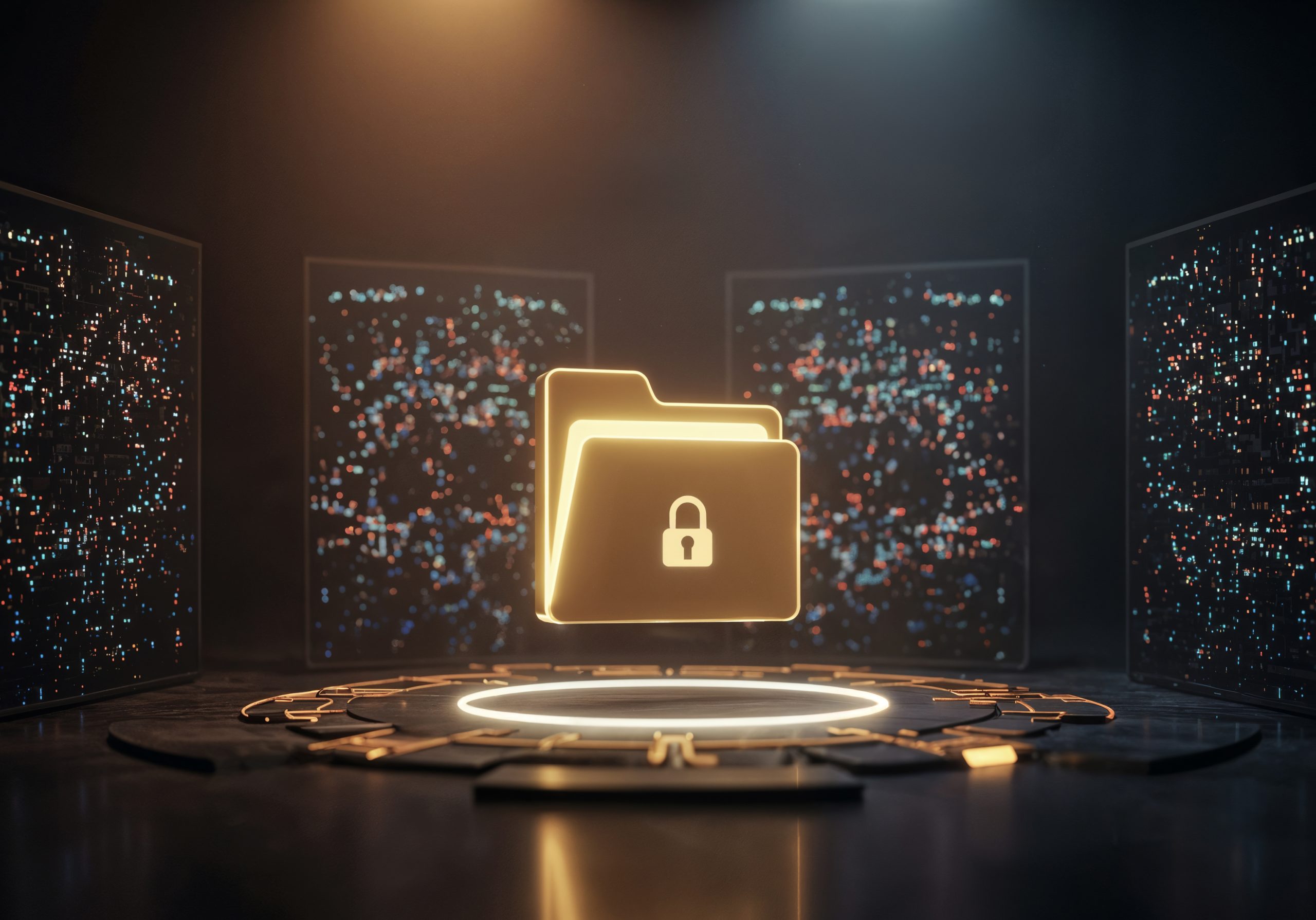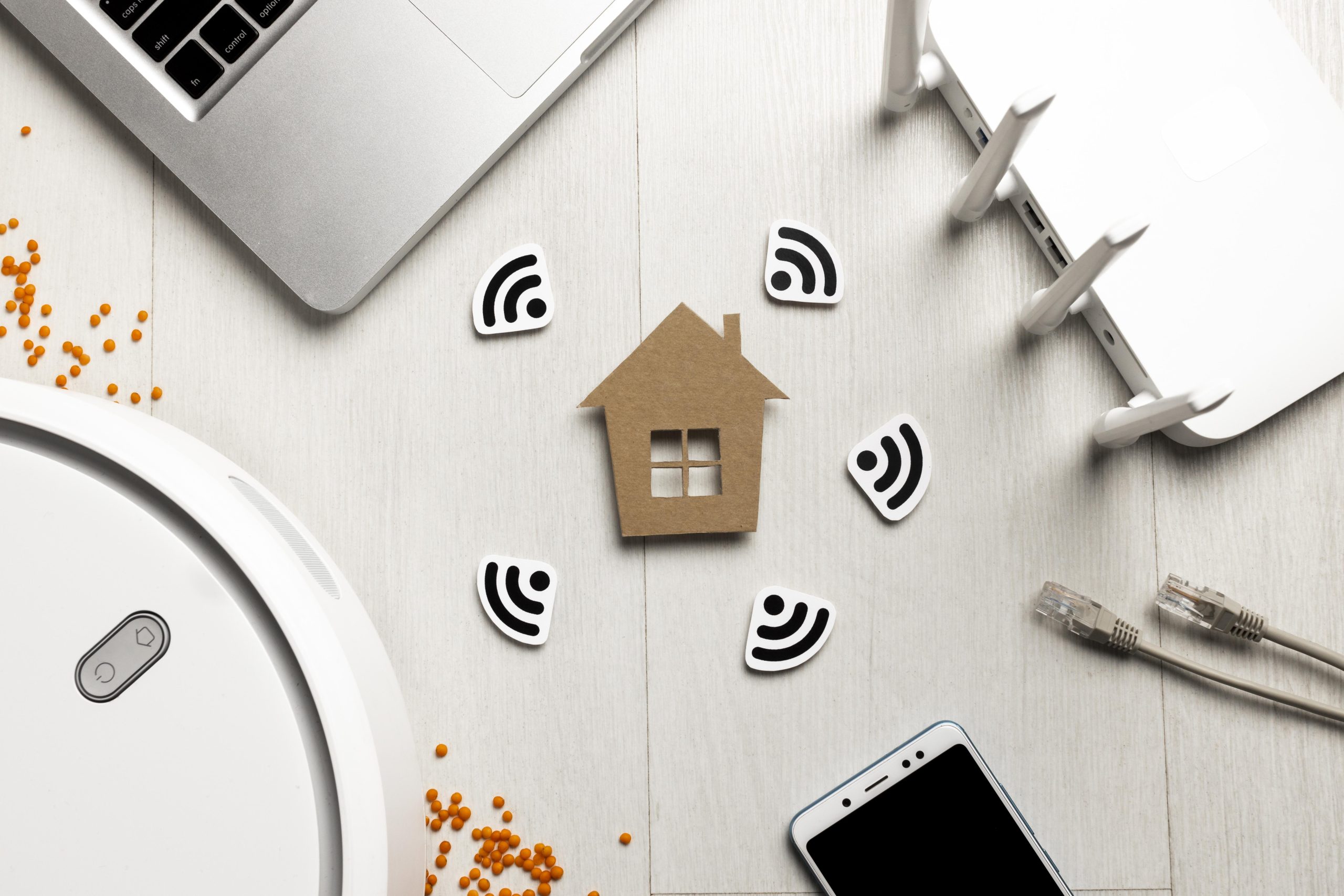
The Internet of Things (IoT) and Data Security
- Posted July 11, 2025
Related Post

The Internet of Things (IoT) is changing the way we live, work, and interact with the world. From smart refrigerators and wearable health trackers to connected cars and industrial sensors, IoT devices are everywhere collecting, sharing, and analyzing data in real time. As these technologies continue to expand, they open up exciting possibilities for innovation and efficiency. But along with the benefits comes a growing concern: data security.
At the heart of IoT is connectivity. These devices communicate with each other over the internet, often without human intervention. That means they are constantly transmitting data,personal, corporate, or operational across networks. Unfortunately, this also makes them prime targets for cybercriminals.
Unlike traditional computers or phones, many IoT devices are built with minimal security features. They may lack encryption, have weak default passwords, or not receive regular software updates. This creates vulnerabilities that attackers can exploit to gain access to sensitive information, disrupt services, or even control critical infrastructure.
For example, a hacker who breaks into a smart home system could access security cameras or unlock doors remotely. In healthcare, compromised medical devices could expose patient data or affect treatment delivery. On a larger scale, a cyberattack on industrial IoT systems could interrupt power grids, water supplies, or transportation networks.
The risk becomes even more complex as the number of connected devices grows. It’s estimated that there will be over 30 billion IoT devices globally by 2030. Each one is a potential entry point for attackers if not properly secured.
So, what can be done?
Security by design is key. Manufacturers must build devices with strong security features from the start like encryption, authentication, and automatic updates. At the same time, users must take simple precautions such as changing default passwords, updating firmware, and using secure Wi-Fi networks.
Organizations using IoT at scale should implement layered cybersecurity strategies. This includes segmenting networks, monitoring traffic, performing regular risk assessments, and educating staff on best practices. In regulated industries, compliance with data protection laws like GDPR or Ghana’s Data Protection Act is also crucial.
Ultimately, as we embrace the convenience and intelligence of IoT, we must be equally committed to safeguarding the data that powers it. With responsible design, informed users, and strong cybersecurity measures, we can enjoy the full potential of IoT without compromising on privacy or security.
Chase Springs was founded with the vision to provide businesses with a comprehensive range of IT-Managed Services. We are a leading provider of comprehensive end-to-end Managed IT Services to businesses of all sizes and industries.
Sign up to our newsletter
Quick Links
Our Services
Contact Us
- UK: +44 7479 20 6585 | Ghana: +233 50 720 9271
- hello@chasesprings.com
- United Kingdom | Ghana



